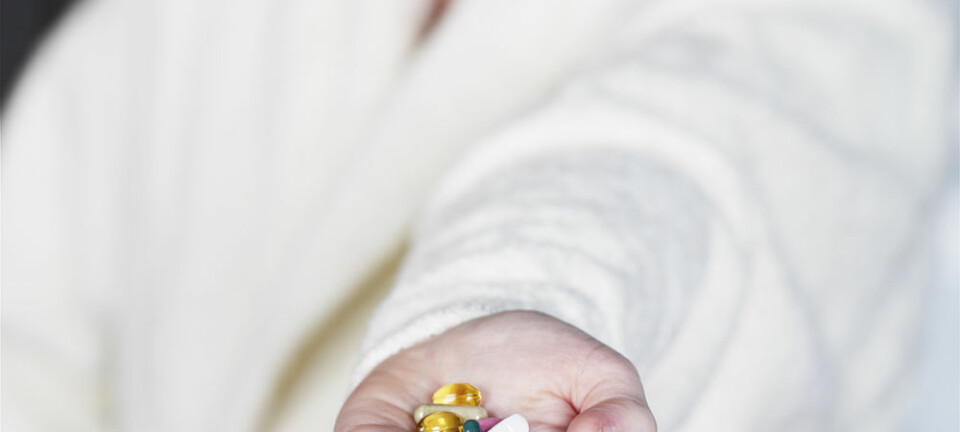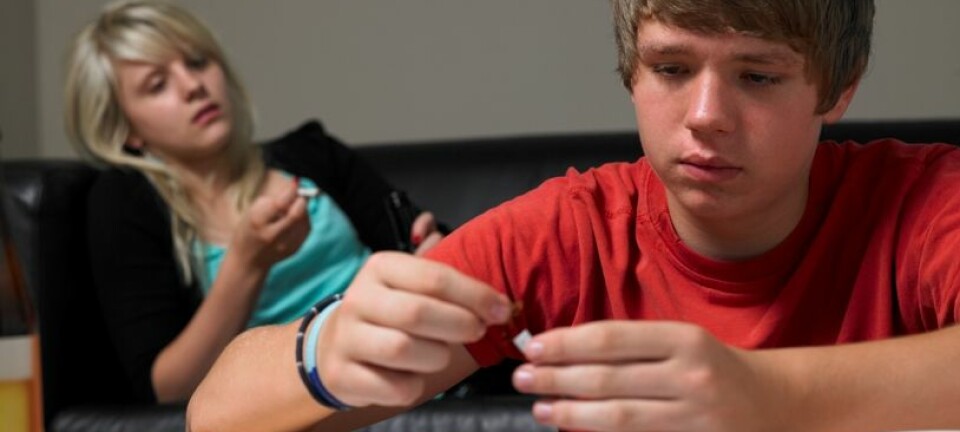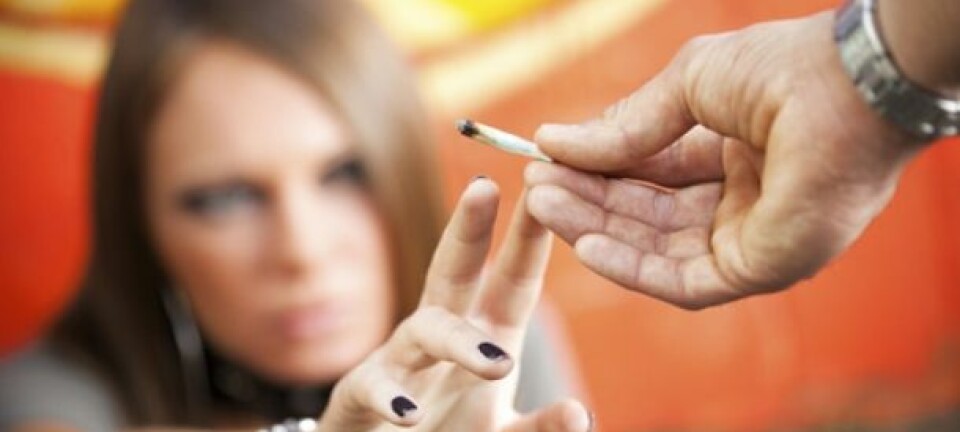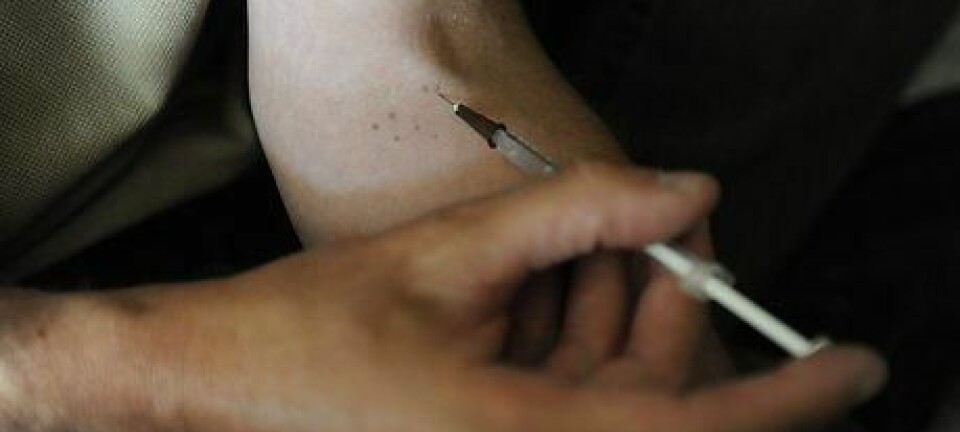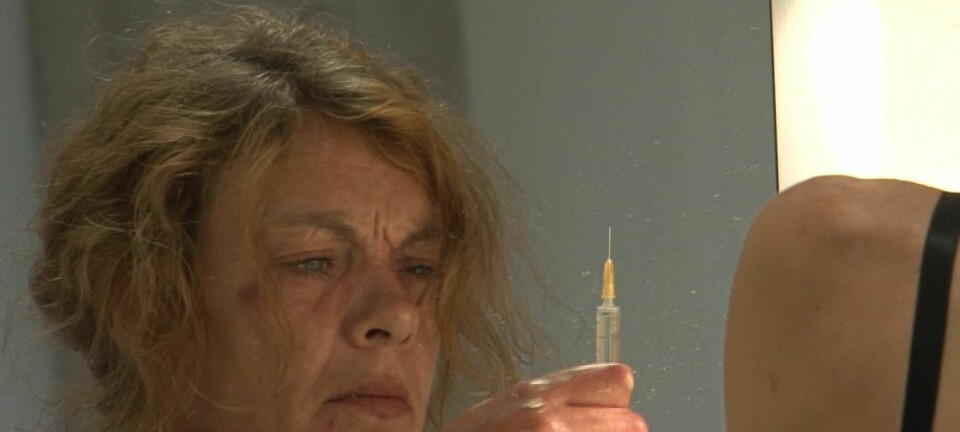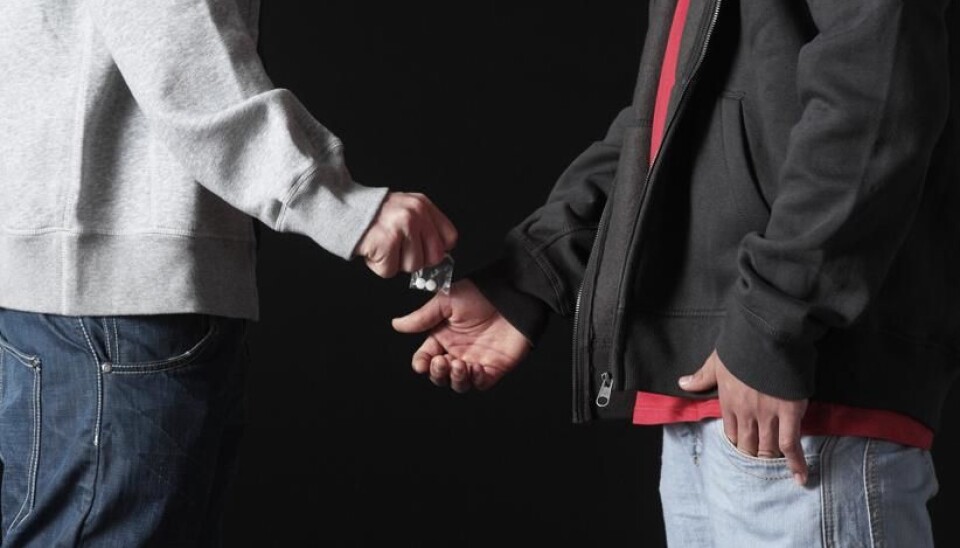
Treatment of drug abuse: Here’s what works
Drug abuse among adolescents is best fought by a combination of family therapy and individual treatment in the early stages of the drug habit formation.
Denne artikkelen er over ti år gammel og kan inneholde utdatert informasjon.
In Scandinavia, institutions such as rehabilitation centers and child protective units are widely used to treat substance-abusing adolescents.
And while such institutions are oftentimes helpful in treating heavy users with deep-rooted drug habits, studies have long suggested that other treatment models are better suited for light and young users, and particularly young users who are new to the drug culture.
This argument is bolstered by a new meta-analysis of research on treatment of substance-abusing adolescents, by Terje Ogden and colleagues at the Norwegian Center for Child Behavioral Development, University of Oslo.
Ogden et al. concludes that individual treatment and particularly family therapy are the most effective in the long run, and that intervention is pivotal for the treatment’s chance of success.
Family-oriented therapy

For substance-abusing adolescents, the family is often both a part of the problem and the solution.
“Studies from the last ten years show that the best results come when the family is used as a vantage point for the treatment,” says Ogden.
According to Ogden, drug habits are often related to problems within the family. Parent-child conflicts and other family problems can trigger drug abuse for an adolescent. And the parents are, at the same time, usually those who care the most about the child’s drug habit and are willing to work long into the nights to deal with the problem. Some parents are incredibly brave and are fully engaged in pulling their children out of the drug culture before the abuse becomes too heavy.
In a family-oriented treatment model, members of the family get together and, with the help of a therapist, they try to support each other and learn how to smoothen the household dynamics.
“Conflicts are resolved; members are encouraged to stop yelling at each other; they’re encouraged to do positive things together. Parents try to have better control of their children in terms of knowing where they go, who they spend their time with, and when they’ll come home. Parents are also encouraged to get more actively engaged in their children’s school activities and their academic progress,” says Ogden.
Individual treatment
Individual treatment of drug abuse focuses on the adolescent and tries to change his/her behavior, and attitudes toward drugs. Cognitive tactics to avoid drug-use relapses are taught, and the adolescent goes through a motivational therapy that can be vital for helping the adolescent to regain control of his/her life.
According to Ogden, adolescents are motivated to get themselves out of the drug culture in individual treatment. They are taught to recognize triggers, they learn different ways to turn down drugs, and they are taught the value of self-regulation. In therapy they’re also reminded of all the negative consequences of drug abuse, such as incurring a drug debt, failing to get jobs, difficulties in forming romantic relationships, etc.
Rewards for staying ‘clean’
Rewarding adolescents who stay clear off substances, after initially getting clean, also shows much promise. Terje Ogden partook in a cross-cultural study of cannabis abuse treatment where a reward system was implemented. The study is separate from the meta-analysis and was published last year.
“We did a project with 41 adolescents here in Norway. Their parents were told to demand urine samples on irregular and unpredictable times, and a clean test would be rewarded according to a contract between parent and child,” says Ogden.
The rewards include things and privileges such as new clothes, permission to have friends over, extended curfews. These rewards were given to the adolescents to recognize their progress in becoming drug-free. And it worked.
Based on urine screens and self-reports, the drug abuse decreased for the 41 adolescents, and all of them were practically clean by the end of the treatment. On average, only one out of 13 urine screens were positive.
Start early
Terje Ogden explains that existing research paints a complex picture of why some adolescents start taking drugs. Family problems, peer influence, poor academic achievements, and individual vulnerability to drug addiction are just some of the various factors. It’s therefore difficult to know what treatment works for whom, but what seems clear is that the earlier one gets involved, the better.
“If drug-abusing adolescents are treated early, when they’re 12 to 14 years old, and the family is included in the therapy, the treatment is likely to work,” says Ogden.
Ogden says there aren’t enough opportunities to get such early-stage treatment in Norway today.
“We aren’t quick enough in place for young drug abusers. When adolescents are arrested for minor drug offences by the police, or teachers see warning signs, we should get involved right away, before the drug use becomes heavy,” he says.
“It happens that parents are told their child’s problem isn’t serious enough to be prioritized, and that’s just not good enough.”







